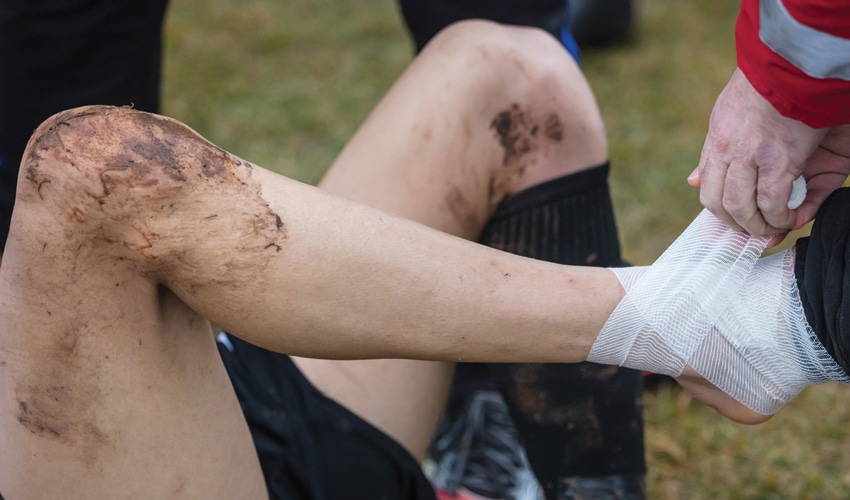You’ve just injured yourself during an activity in your weekly exercise routine. Your shoulder, hip, knee, ankle, etc. hurts. You’ve done some internet research and you’ve totally freaked yourself out. You’ve tried the requisite rest, ice, compression, elevation (RICE) and you are not getting better. Who do you go see? Should you go see your primary care physician who has some training in sports injuries or go straight to the orthopedic surgeon? You want to stay active and taking months and multiple office visits to find a diagnosis, get imaging, and possibly surgery seems daunting. You’ve heard that the vast majority of orthopedic injuries do not require surgery. Why not go see a physician who specializes in taking care of sports injuries without surgery! If only they existed…
In fact, there is an entire specialty in medicine focused on non-operative sports medicine! Who are these doctors? Following a residency in family medicine, physical medicine and rehabilitation, or emergency medicine, they complete a fellowship and get comprehensive training in non-operative sports medicine as overseen by the American Medical Society of Sports Medicine (https://www.amssm.org/).
Sports medicine physicians have the knowledge and skill set to take care of anyone from a little leaguer, a weekend warrior, up to a professional level athlete. They have unique tools and skills to take care of you through the full scope of your injury.
Not only can sports medicine physicians obtain and read imaging such as x-ray, MRI, and CT, they have cutting edge training in the use of ultrasound to scan your injury, if appropriate, in their office. They can refer you to trusted physical therapists who will work their magic and aid in the recovery of most injuries. Even if the initial phase of RICE, medications, with possible bracing and/or immobilization, and physical therapy fail…there are still more advanced non-operative treatment options available if needed. Ultrasound and fluoroscopy enable injections into even the smallest joints or regions of the body. This ranges from corticosteroids, long-acting corticosteroids, hyaluronic acid, and biologics including platelet rich plasma (PRP) and stem cells. In addition, there are more advanced procedures including needle tenotomy (cleaning up tendons), hydrodissection of nerves (freeing up nerves), radio-frequency ablation (burning of nerves), and more that are being developed as you read this article! If surgery is required, your sports medicine physician will refer you the proper orthopedic specialist.
So next time you get injured, go see a non-operative sports physician first.
Dr. Sampson is a board-certified non-operative sports medicine physician who is seeing patients in San Francisco at Post Street Orthopaedics and Sports Medicine.
